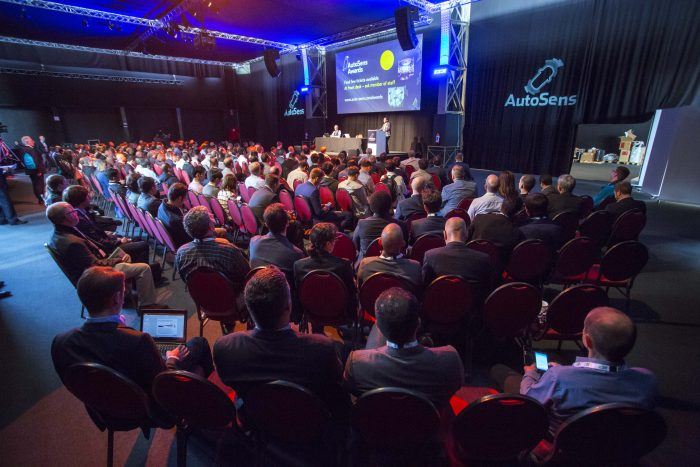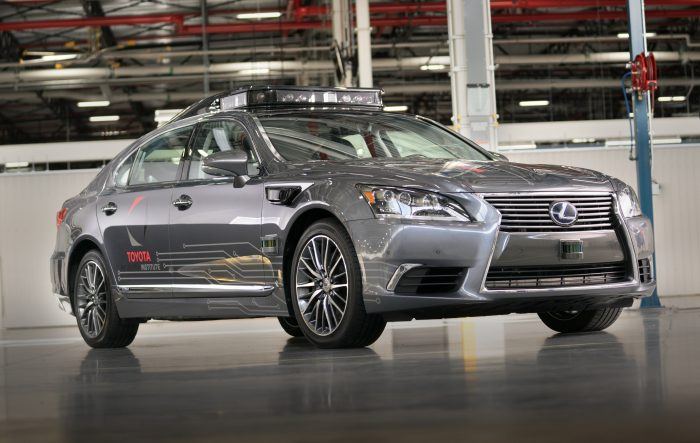If you’re not tired of hearing the term “artificial intelligence” yet, you will be soon. That’s because few buzzwords have been so ubiquitous – or creeped into the public consciousness so quickly. Even “low-carb diets” faded away after a few years, but it looks like we’re stuck with AI for the next few years (or even longer).
The good news is it could actually save your life. Especially if you drive a car.
Staying Power
That’s because unlike the long-forgotten “information superhighway,” AI is actually built on the fundamentally sound principle that a computer, if given the correct inputs and instructions, can make calculations and decisions far more quickly and accurately than a human. So even though artificial intelligence may have sci-fi aspirations of delivering true sentience, what it is evolving into is a system that lets machines collect and collate data to improve outputs over time.
So what does this have to do with safety, especially behind the wheel? The short answer is absolutely everything. Most traffic accidents occur as the result of human error and poor reaction times. Look at any instance where a car was rear-ended: in those wrecks, the driver who was at fault wasn’t able to hit his or her brakes in time. Anti-lock braking systems have helped mitigate that problem over the last few decades, but AI is about to change the safety game in an even more fundamental way.
AI On Wheels
AI may have started out on the fringes of the auto industry, but it’s impossible to ignore today. IHS Markit predicts a jump in AI-based systems in cars from 8 percent today to 100 percent by 2025. And while most current AI tools are related to speech recognition (such as built-in systems for navigation), over the next decade they’ll cover just about every aspect of operating a motor vehicle.
One of these areas is advanced driver assistance systems, sometimes referred to as “ADAS” for short. This is a broad category that includes machine vision systems, LiDAR, and radar detection systems. This approach leverages one of the key aspects of this new paradigm – the rapid advancements in AI-driven 3D imaging. There are even tools that ensure drivers are fit to be behind the wheel. These may sound like incremental improvements over things like rear-view cameras, but they are fundamentally different because AI systems are designed to learn from experience, getting smarter as they are exposed to more data. Showing you a picture of what’s behind your car is cool; letting you know it’s a child running after a ball is transformative.

Sense Media Managing Director, Rob Stead gives the opening remarks at AutoSens Brussels, September 20th 2017. The two day conference, held at Autoworld Brussels, examines the many facets of automated driving including the role of artificial intelligence. The event attracted nearly 500 attendees, many of which hold senior engineering and leadership roles in the industry. Photo: Sense Media.
Drive My Car
If machines have better reflexes than humans, never stay too late at the party, never drive home tired after work, and always know when to brake in a matter of milliseconds, exactly why are people taking the wheel at all? In fact, some experts predict that a generation from now most “drivers” won’t actually be operating their cars. Three years ago, Toyota launched a billion-dollar AI company and more recently announced a new venture called the Toyota Research Institute-Advanced Development or TRI-AD, with a goal to start testing their own autonomous, electric vehicles by 2020.
In 2016, GM spent the same amount to buy Cruise Automation, a San Francisco-based developer of autonomous vehicle technology. The first driverless cars are already on the road in a limited capacity, but it’s only a matter of time before they’re the norm, not the exception.

The Toyota Research Institute presented Platform 3.0 at the 2018 Consumer Electronics Show in Las Vegas, Nevada. Platform 3.0, built on the Lexus LS 600hL, is Toyota’s latest autonomous research vehicle. Photo: Toyota Motor North America.
Lasting Impact
All of these innovations ultimately come back to one thing: AI-based 3D imaging – whether it’s using face authentication to determine if someone is able to drive safely or figuring out if another car is being operated unsafely. The first automated car tests (including a famous one funded by DARPA) were failures . . . until engineers replaced their 2D cameras with 3D ones that could actually capture images in a way that could prevent accidents.
As cameras get better and processors get faster, we are rapidly approaching the day when human drivers are so much less safe than their electronic counterparts that the only logical choice will be to get in, sit down, and let the car move you safely to your destination.
George Brostoff is the founder and CEO of SensibleVision, a leader in 3D face authentication technology, headquartered in Cape Coral, Florida. He has founded three successful tech companies, holds seven patents, and grew up working in a family business.
from Automoblog.net https://ift.tt/2H6qDyl
No comments:
Post a Comment